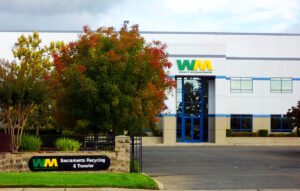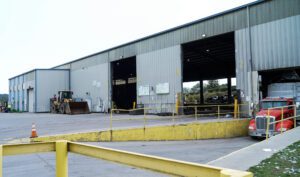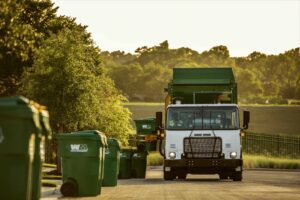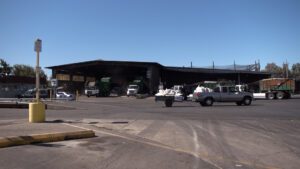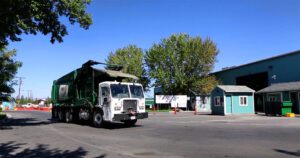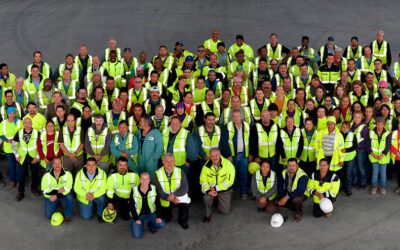Welcome to the Davis Street Resource Recovery Complex and Transfer Station Our state-of-the-art facility is designed to recover materials for reuse, recycling or...
Transfer Stations
A transfer station, also known as a waste transfer station or materials transfer station, is a facility where waste is temporarily stored, sorted, and transferred from smaller collection vehicles to larger transport vehicles for transportation to a final disposal site such as a landfill or recycling facility.
The primary function of a transfer station is to serve as a central hub for consolidating waste from multiple collection routes or areas before it is transported to its final destination. This consolidation helps optimize transportation efficiency by reducing the number of trips required to transport the waste to the disposal site.
At a transfer station, waste collection vehicles, such as garbage trucks, dump trucks, or roll-off containers, deposit their loads onto a tipping floor where it can then be loaded onto larger transfer vehicles for transport.
Transfer stations provide several advantages over direct transportation of waste to disposal sites. They help to reduce the number of collection vehicles on the road, leading to lower fuel consumption and reduced traffic congestion. Additionally, transfer stations can improve waste management efficiency by allowing for better load optimization, enabling more effective use of larger transport vehicles.
By separating recyclable materials at transfer stations, valuable resources can be recovered, reducing the amount of waste sent to landfills and promoting recycling and sustainable waste management practices.
Material Recovery Facilities
The sorting process at a MRF typically involves several stages. Material is unloaded from trucks, inspected, and stored until it’s ready to be transferred to a conveyor. Sortation equipment then separates cans, containers, and bottles from paper and an eddy current and magnets work to sort aluminum and tin cans into a metals-only stream. Sorted materials are baled and shipped to customers, where they are used as feedstock for new products.
Material Recovery Facilities play a crucial role in helping to divert valuable resources from the waste stream and reducing the amount of waste sent to landfills. They contribute to environmental conservation by conserving natural resources, reducing energy consumption, and minimizing pollution associated with the production of new materials.
Organic MRFs
The main goal of an organic MRF is to divert organic waste from the landfill and convert it into useful products like compost, soil amendments, or biogas. These facilities employ various processes and technologies to efficiently handle and process organic waste.
By diverting organic waste from landfills and converting it into valuable resources such as compost or biogas, these facilities contribute to reducing greenhouse gas emissions, conserving landfill space, and creating beneficial products for soil health and renewable energy production.
Browse WM Transfer Stations
More About WM Transfer Stations
Organics Composting at Davis Street
Organics – yard trimmings, food scraps, and food-soiled paper – account for nearly 40 percent of the materials in our landfill, according the US EPA. They are also the source of...
San Leandro Recycling Facility Recognized as Leading Innovator
The Davis Street Resource Recovery Complex in San Leandro was named San Leandro’s Innovation and Technology Leader by the Chamber of Commerce during an awards ceremony.The...


